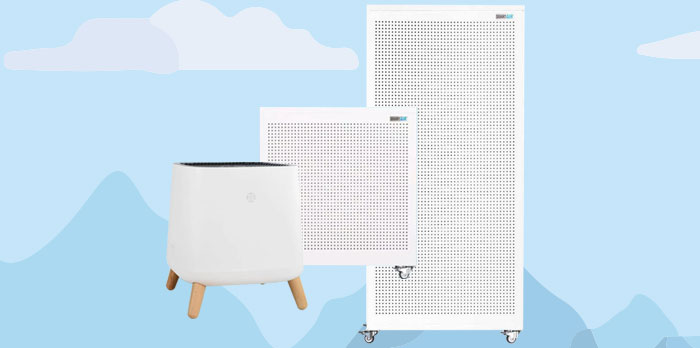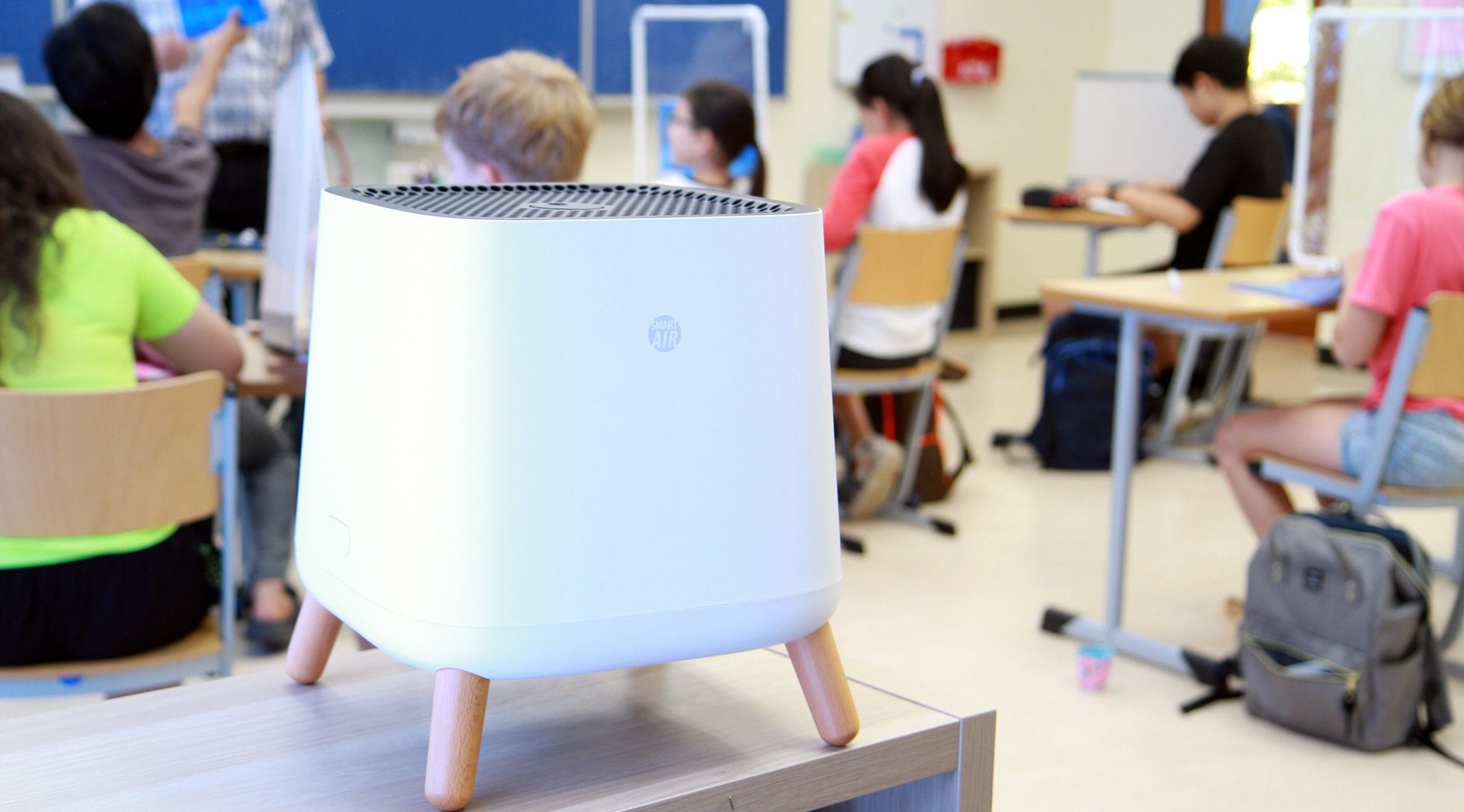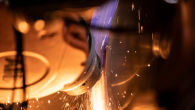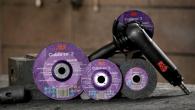
Thanks to the Omicron variant, COVID-19 is making a major resurgence. Consequently businesses and householders alike are looking for the best strategies to combat this persistent virus.
One of these strategies is the use of HEPA air purifiers.
In support of this, a recent study by the Centers for Disease Control and Prevention (CDC) showed that - in addition to masks, social distancing, sanitisers and ventilation - HEPA air purifiers significantly reduce COVID-19 transmission.
However, there are many hastily manufactured air purifiers currently flooding the market. Thereby forcing schools to become filtration experts, seemingly overnight.
As a result, purifiers have been purchased that, at their best, are ineffective, but at their worse they have been found to produce harmful by-products.
How is COVID-19 spread?
Put simply, COVID-19 is airborne, and is primarily spread between people breathing in very small virus-containing droplets or aerosols. If an infected person is present in a poorly ventilated space, the risk of airborne transmission is higher.
This is because fine aerosol spray from an infected person can remain circulating, and spread to other users of the space more easily.
The risk of transmission is highest where there is an overlap of the “Three Cs”:
- Crowded places
- Close contact settings
- Confined or enclosed spaces
How can air purifiers help to battle these COVID-19 spreading conditions?
Studies going back decades have found that air purifiers with HEPA filters capture viruses. More recently, a CDC study showed concrete evidence that HEPA air purifiers reduce COVID-19 spread . This study showed HEPA air purifiers reduced COVID-19 spread by 41%.
HEPA filters are a proven technology, and have been around since the 1940s. The technology is simple - randomly arranged fibres on a mat. That means HEPA filters are cheap and easy to produce.
Importantly, there are no harmful by-products or reactions from pushing air through HEPA filters. And, in contrast to ionizers (more about them later), there are many studies documenting the effectiveness of HEPA purifiers in removing particles from the air.
HEPA filters can capture almost all particles

Are Ionizer and Ozone Air Purifiers Safe?
Ion generators in particular appear to be an attractive option because they run relatively quietly, and do not need filters.
However, many peer-reviewed scientific studies have found that ionizers create harmful by-products, such as ozone and formaldehyde. Consequently, the CDC does not recommend the use of ionizers or ozone air purifiers for COVID-19 mitigation.
Ozone generators are even easier to explain: they produce ozone directly, and it is well known that ozone harms humans, pets, plants, and even objects, such as coatings on electrical wires.
Put simply, avoid purifiers that use ionizers or ozone generators. These add-ons increase cost, and may actually pose a health risk.
Are Medical Grade Air Purifiers Necessary?
No. Turns out, medical grade air purifiers are more often than not a marketing gimmick.
The best type of air purifier for schools to use to is a HEPA filter air purifier. HEPA filter air purifiers are highly effective at filtering out particles that are even smaller than COVID-19.
How to work out the size of the Air Purifier needed.

Step 1: Measure Size (Volume) of Room
Before choosing an air purifier for your room, we need to know how much air the purifier needs to clean.
First, measure the area of the room floor in square metres. Next, multiply this number by the height of the room to get the total volume.
Example: 9.1(L) by 9.1(W) metre room with 2.7 metre high ceilings = 9.1 x 9.1 x 2.7=223 cubed metres.
Step 2: Calculate the CADR Needed to Clean the Room
Next, we need to calculate how much “power” is needed from an air purifier to clean the volume of air calculated in step 1.
The amount of air an air purifier is able to clean is given by its CADR (Clean Air Delivery Rating). The higher a CADR, the more air the air purifier can clean per hour.
To do this, we first need to multiply the volume of the room by 5. The number after multiplying the volume of the room (in metres cubed) by 5 is the CADR needed (cubic metres per hour) from a purifier to clean the room.
The reason we multiply by 5 is businesses/households should aim to have all the air in a room cleaned and replaced with new air at least 5 times per hour. Therefore, we need to find an air purifier that is powerful enough to clean this much air.
Example: 223 cubed metres x 5 = 1115. Therefore, the CADR of the purifier needed for the room should be at least 1115 m3/hr.
Step 3: Find HEPA Air Purifier(s) with a CADR at or Above Number Calculated in Step 2
CADR ratings are given in two measurements, either cubic meters per hour (CMH) or cubic feet per minute (CFM). The CADR needed for the room calculated above is in cubic meters per hour (CMH).
Note: If only the CFM is given, this can be converted to CMH by multiplying it by 1.7.
The CADR of powerful air purifiers typically ranges from 500-900 m3/hour.
If the CADR needed is over this number, multiple air purifiers may be needed.
For instance, one Blast air purifier with CADR of 890 m3/hr would get close to this 1115 m3/hr number. Adding an additional smaller air purifier to the room such as the Sqair would get the total air purifier CADR to over the 1115 m3/hr number.
Step 4: Consider Noise Level of the Air Purifiers
Many air purifiers can get loud on high settings. It is important to have an air purifier in the room, such as an office or a loungeroom, that is not a disturbance. You can find how loud an air purifier is by checking its noise level measured in dB. Anything over 60dB will very likely be a disturbance.
Perhaps the biggest shortcoming of CADR tests is that they are run on the purifier's highest setting only. The problem is that many purifiers are so loud on high that they cannot be run on their highest setting.
Unfortunately, this incentivises purifier companies to make a highly effective, but also highly noisy top setting, which they then advertise. In practice, many people will find the highest setting too noisy and instead run it in a lower setting.
Make sure to check the air purifier’s noise level on high, as some air purifier company’s market noise levels on lower settings, which is misleading.

Smart Air Purifiers
Smart Air Purifiers are on a very short list of recommended air purifiers by CleanAir Schools, who work with scientists from UNSW to monitor and better understand the quality of the air that our children live, learn, and play in.
Smart Air is a social enterprise committed to helping people breathe clean air.
Smart Air’s no-nonsense Blast, Blast Mini and Sqair air purifiers are used in schools all across the globe, including the University of Chicago and the American Embassy School.
What’s good for a school, must be good for your office, warehouse, workshop or home!
Smart Air purifier’s HEPA filters capture many types of particulate air pollution, including nanoparticles as small as 5 nanometres (1/10th the size of COVID-19) to 30 μm (the size of pollen). The whole range includes viruses, bacteria, PM2.5, PM10, pet allergens, dust, and mold.
An additional activated carbon filter can be added on top of the HEPA filter in all of Smart Air’s products. The carbon filters can absorb VOCs (Volatile Organic Compounds) such as formaldehyde, paint thinners, petroleum fuels, or dry cleaning agents. Carbon filters also remove odours.
Smart Air’s flagship air purifier is the Blast, an industrial standard purifier perfect for large spaces, like schools, hospitals and offices - it has a whopping CADR of 890m³/h! It is also ideal for learning environments, because at just 51dB it is one of the quietest purifiers on the market.
Smart Air’s powerful Blast Mini air purifier is a high-powered yet compact air purifier, cleaning spaces up to 85sqm, with an impressive CADR of 585m³/h.
Although the Sqair is the smaller cousin to both the Blast and Blast Mini, it still packs a big punch, boasting a CADR of 315m³/h. This makes the Sqair the world’s most cost-effective air purifier. Its sleek, modern design, will fit perfectly in your office, classroom, workshop or home. Never before has clean air looked so good!
Smart Air’s Blast, Blast Mini and Sqair air purifiers are distributed in Australia by BST Group.



